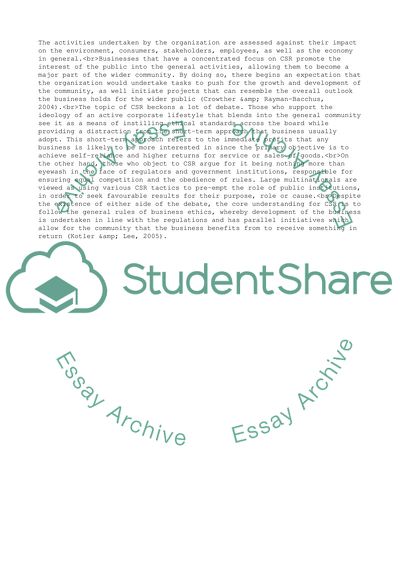Cite this document
(Corporate Social Responsibility of Barcelona Football Club Research Paper, n.d.)
Corporate Social Responsibility of Barcelona Football Club Research Paper. Retrieved from https://studentshare.org/business/1736351-walt-disney-company-mattel-inc-bp-barcelona-football-club
Corporate Social Responsibility of Barcelona Football Club Research Paper. Retrieved from https://studentshare.org/business/1736351-walt-disney-company-mattel-inc-bp-barcelona-football-club
(Corporate Social Responsibility of Barcelona Football Club Research Paper)
Corporate Social Responsibility of Barcelona Football Club Research Paper. https://studentshare.org/business/1736351-walt-disney-company-mattel-inc-bp-barcelona-football-club.
Corporate Social Responsibility of Barcelona Football Club Research Paper. https://studentshare.org/business/1736351-walt-disney-company-mattel-inc-bp-barcelona-football-club.
“Corporate Social Responsibility of Barcelona Football Club Research Paper”, n.d. https://studentshare.org/business/1736351-walt-disney-company-mattel-inc-bp-barcelona-football-club.


